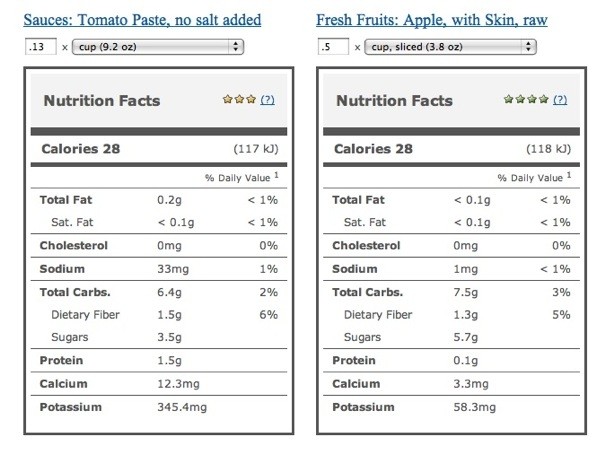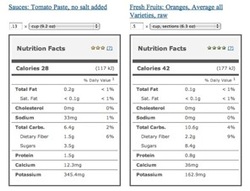There are many ways for Congress to frustrate the American people. A high-profile
failure to cut $1.2 trillion from the deficit, for example.
But declaring pizza sauce a vegetable? That, it turns out, might work even better.
Congress passed a revised agriculture appropriations bill last week, essentially making it easier to count pizza sauce as a serving of vegetables. The move has drawn widespread outrage from consumer advocates and pundits, who see “
pizza is a vegetable.” as outlandish.
There’s just one little misperception: Congress didn’t declare pizza to be a vegetable. And, from a strictly nutritional standpoint, there’s decent evidence that lawmakers didn’t exactly bungle this decision.
Let’s revisit the facts: Despite what one might expect from the
headlines, if you scour the
agriculture appropriations bill, referenced in numerous stories, you won’t find a single mention of the word “pizza,” or even “vegetable,” for that matter.
This is not a fight over pizza. It is, instead, a fight about tomato paste. Specifically, it’s a fight about how much of the product counts as one serving of vegetables.
Right now, tomato paste gets a sort of special treatment under school lunch regulations. Just “an eighth of a cup of tomato paste is credited with as much nutritional value as half a cup of vegetables,” my colleague Dina ElBoghdady
explained last week.
The Obama administration guidelines, outlined in January, would have nixed tomato paste’s extra credit, counting a half cup as a half cup. “Under this proposal, schools would credit tomato paste and puree based on actual volume as served,”
the regulation, published in the Federal Register on Jan. 13, 2011, explains. “Schools would not be allowed to credit a volume of fruits or vegetables that is more than the actual serving size.”
What happened this week was that Congress blocked that change: Tomato paste will continue to get outsized credit, with one-eighth of a cup essentially counted as something four times larger.
This makes it easier, and cheaper, for pizza manufacturers to produce a product that includes a serving of vegetables. But, as my colleagues over at The Checkup emphasize, it
by no means declares the pizza itself a vegetable. Schools lunches are still measured by
federal regulations for calories (no more than one-third of daily recommended value) and fat content (less than 30 percent of the meal), which limits how much pizza students can be served. A cafeteria worker can’t just pile a slice of pizza on a plate and say she’s serving salad.
Back to the tomato paste controversy: Should a smaller serving of tomato paste have equal footing with a half-cup of other fruits and vegetables?
If you stack one-eighth of a cup of tomato paste up against a half-cup of some pretty common fruits and vegetables, the paste actually doesn’t do so badly. Here are nutrition facts for one-eighth of a cup of tomato paste (left) versus a half a cup of apples (right):
All told, the nutrition facts look really similar. Tomato paste does do a lot worse on sodium, but it also does much better in terms of calcium and potassium content. It also slightly edges out apples on dietary fiber, with a lower amount of sugar.
I tested out a few other comparisons, and they came out relatively close. You can see the results below.
Measuring fruit and vegetable servings by volume is a bit of an odd convention in the first place. When it comes to calories and nutrients, they’re really all over the map. A half-cup of avocado is quite nutritionally different from a half-cup of zucchini.
As for the half-cup of tomato paste at the center of this debate, it would no doubt have had more nutrients than an eighth-cup. Advocacy groups were disappointed to see the regulatory change blocked. More tomato paste would mean more pizza sauce, would mean more potassium and fiber. But the smaller serving, in strictly nutritional terms, looks a whole lot like the larger serving of some of the most common fruits and vegetables we consume.
Moreover, it’s far from clear how much this decision matters for what students actually eat. While the U.S. Department of Agriculture writes guidelines for what school meals should look like, few schools actually follow them. Just 20 percent of schools served meals that met federal guidelines for fat content, according to
a 2007 USDA audit.
http://www.washingtonpost.com/blogs/ezra-klein/post/did-congress-declare-pizza-as-a-vegetable-not-exactly/2011/11/20/gIQABXgmhN_blog.html

 RSS Feed
RSS Feed